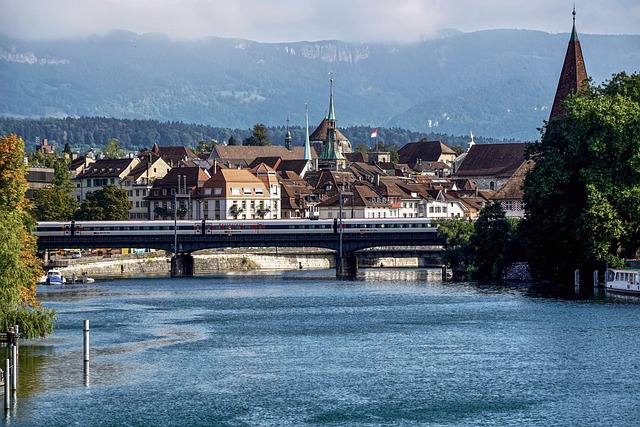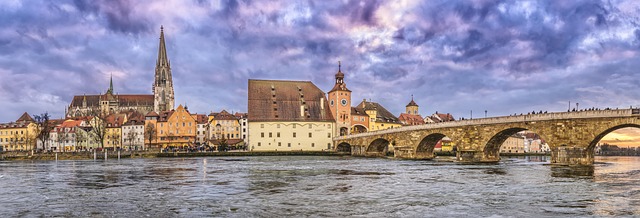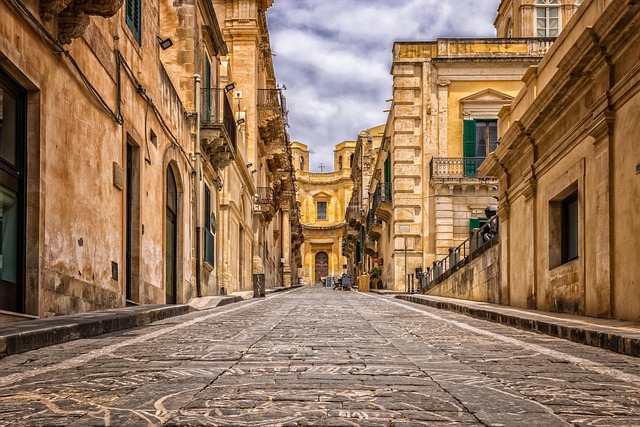In real estate, heritage appeal boosts property values by leveraging history, architecture, and community sentiment. To maximize this, agents should immerse themselves in local history, incorporate authentic architectural elements, tell compelling narratives about past residents, and collaborate with local historians for authenticity. Global case studies show that revitalizing historic buildings increases property values while enriching cultural scenes. Embracing local history creates distinctive assets, fostering community engagement and economic growth, making it a sustainable strategy for developers and investors in the real estate sector.
Enhance property value with the power of heritage appeal. In today’s competitive real estate market, leveraging a property’s historical significance can significantly boost its desirability and worth. This article explores “Understanding Heritage Appeal in Real Estate,” providing strategic insights on “How to Boost Property Value Through History.” We also present compelling “Case Studies: Successful Heritage-Driven Property Transformations” for inspired ideas. Discover how to capitalize on the rich tapestry of real estate history to elevate your property’s value.
Understanding Heritage Appeal in Real Estate
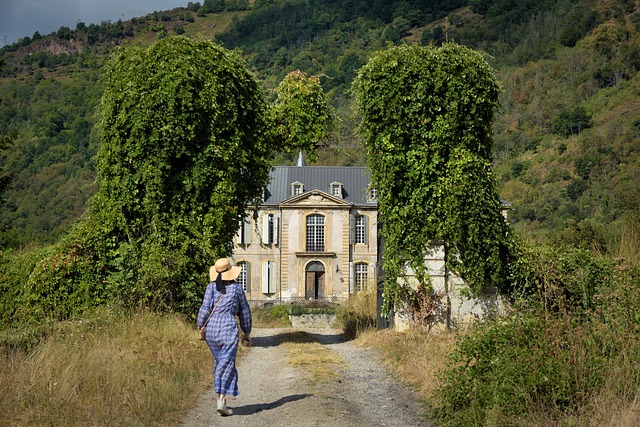
In the world of real estate, heritage appeal is a powerful tool for enhancing property value. It taps into the rich history and architectural character of a location, making each home unique and desirable to buyers seeking something more than just a standard residence. Heritage-listed properties, with their intricate designs, craftsmanship, and often picturesque settings, command premium prices due to their scarcity and the sense of community they inspire.
Understanding heritage appeal involves recognizing the intrinsic value that comes from living in a space steeped in history. Real estate professionals need to grasp local historical context, architectural styles, and cultural significance to effectively market these properties. By highlighting the stories and charm inherent in older homes, agents can connect with potential buyers who appreciate the aesthetic, emotional, and often environmental benefits of embracing heritage appeal in their real estate choices.
Strategies to Boost Property Value Through History

To enhance property value through heritage appeal in real estate, start by researching and understanding the historical context of your area. Incorporate architectural features that resonate with the past, such as period-specific details or renovations that reflect the region’s distinctive style. These can include original hardware, ornate moldings, or even the restoration of historic fixtures.
Additionally, storytelling is a powerful tool. Craft a narrative around the property’s history, weaving together stories of past residents and notable events from the area. This not only adds depth to the property but also appeals to buyers who appreciate the connection between the present and the past. Engage local historians or experts to add authenticity to these narratives, making your real estate offering even more compelling.
Case Studies: Successful Heritage-Driven Property Transformations
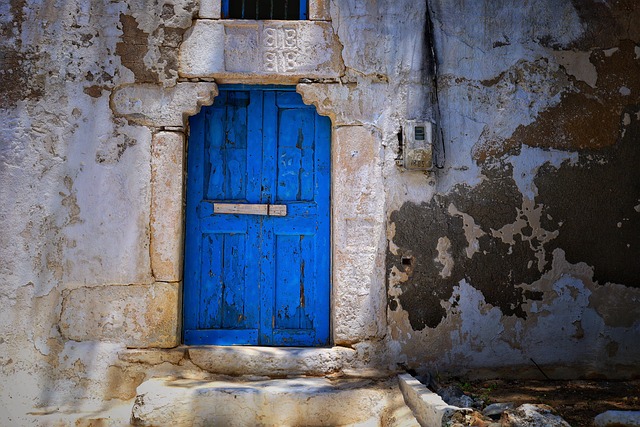
In the real estate market, heritage appeal has emerged as a powerful tool for enhancing property value. Case studies from around the globe highlight successful transformations where historic buildings and neighborhoods have been revitalized, drawing both locals and tourists alike. For instance, in cities like Edinburgh, UK, the restoration of Victorian-era homes and the preservation of architectural details have significantly increased property values while also contributing to a vibrant cultural scene. Similarly, in Montreal, Canada, the conversion of historic warehouses into lofts and art studios has attracted young professionals and creatives, creating a hip urban atmosphere that raises property desirability.
These examples demonstrate how heritage-driven transformations can cater to diverse markets, from luxury residential to creative workspaces. By leveraging local history and architectural character, real estate developers and investors can create unique assets that stand out in the market. This approach not only preserves the past but also fosters community engagement and economic growth, making it a sustainable strategy for both property owners and residents.
